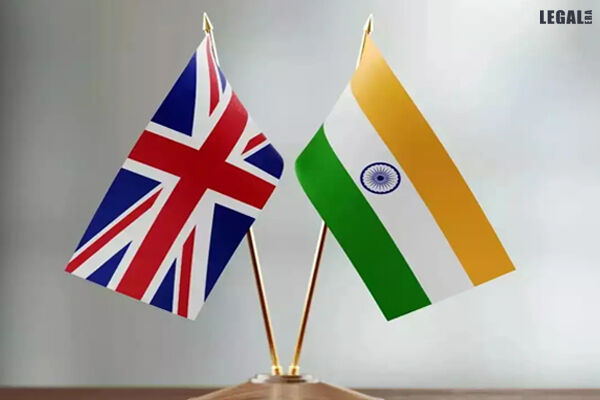
India-UK Free Trade Agreement halves import tariffs in liquor market
Indian brands seek fair competition and reciprocal access
The India-UK Free Trade Agreement (FTA) has become historic in the country’s alcoholic beverage (alco-bev) sector. It has halved import duties on Scotch whisky and gin from 150 percent to 75 percent, with a game plan to reach 40 percent over the next decade.
While the move is likely to unfold the premium end of India’s Rs.5.3 lakh crore alco-bev market to global spirits, domestic players are recalibrating to stay competitive and explore new bargains.
Welcoming the move, Abhishek Khaitan, Managing Director of Radico Khaitan Ltd, one of India’s largest Scotch importers, termed it a “momentous growth signal” for both countries. He added, “This treaty represents a substantial opportunity for value creation. We foresee strategic and cost advantages, with our Scotch requirements for over Rs.250 crore in FY 2026.”
He highlighted that reduced duties could accelerate premiumisation and enhance cross-border collaborations in the industry.
However, the FTA is not a one-sided win for international brands.
Thus, Nita P Kapoor, co-founder of Integrated Insights Consulting and former CEO of ISWAI, pointed out that over 90 percent of imported alcohol came in bulk, not bottled form. The imports were vital for the Indian-made foreign liquor (IMFL) and bottled-in-India (BII) segments. She added, “With India shifting toward premium spirits, bulk Scotch has become a key input, supporting SMEs, MSMEs, and exports. That’s where the real opportunity lies.”
She cautioned that India’s regulatory complexity could dampen FTA advantages, noting, “Each state is a regulatory island with no harmonisation in excise policies. Retail remains largely offline, with over 75 percent of sales through physical stores, and brand-building is constrained due to advertising bans.”
Meanwhile, for international players, this means navigating a fragmented, protectionist environment with limited tools to create direct consumer engagement.
Global brands like Diageo India and Suntory Global Spirits applauded the treaty. While Diageo’s MD & CEO Praveen Someshwar said it would “reignite growth and increase choice” for Indian consumers, Suntory’s Neeraj Kumar said it was a pivotal step to improve access and affordability.
As for Indian brands, Mokksh Sani, co-founder of Cartel Bros and Living Liquidz, expressed that the new duty regime would push domestic players to focus more on premiumisation, craftsmanship and digital format. He added, “We’ll also benefit from lower bulk Scotch duties to improve quality and competitiveness, even if retail pricing remains sensitive to input costs.”
Sani emphasised that the Indian government must exercise safeguards, such as a Minimum Import Price (MIP) framework, stricter billing data monitoring and reciprocal access for Indian spirits in the UK. This would prevent dumping and protect domestic interests.
Praising Indian brands, Ankur Sachdeva, CEO of Uppal Brewers & Distillers, maintained, “Indian producers are now world-class. The FTA will accelerate innovation, investment, and exports.”
With India’s alcohol market projected to grow at 8–10 percent in FY 2026, reaching Rs.5.3 lakh crore ($62 billion), spirits, already 65–70 percent of total revenue, will remain the primary catalyst.
Abhishek Modi, MD of Modi Illva, commented, “Despite the duty relaxations, rising input costs, energy inflation, and currency volatility will keep landed costs high. Margin protection will likely be a priority for global brands.”
However, expecting increased competition to boost transparency and push the entire ecosystem toward higher standards, he added, “In the long term, this will benefit consumers and strengthen brand authenticity across the board.”
While the treaty lowers formal barriers, success in India’s alco-bev market will still depend on regulatory reforms, smart brand strategies, supply chain efficiencies and equitable market access abroad.